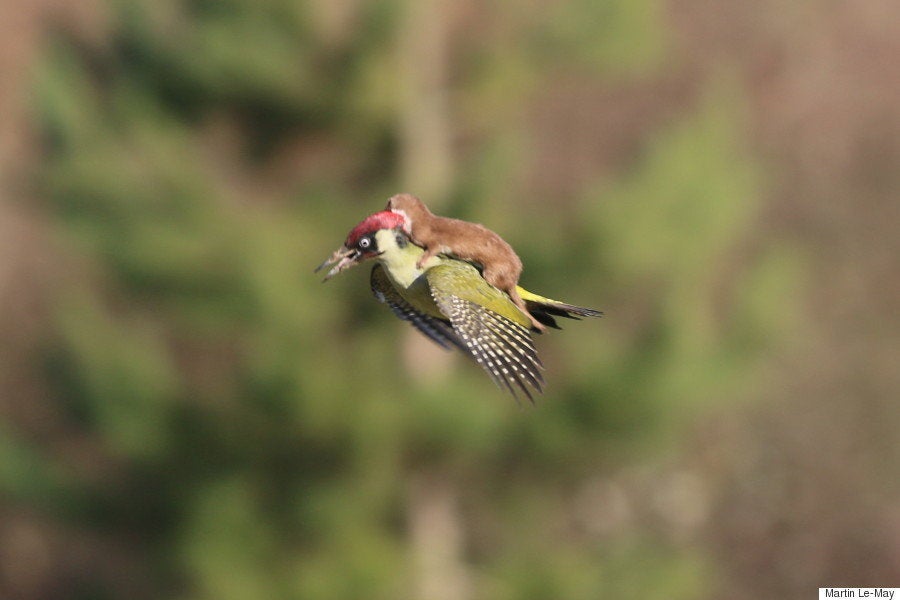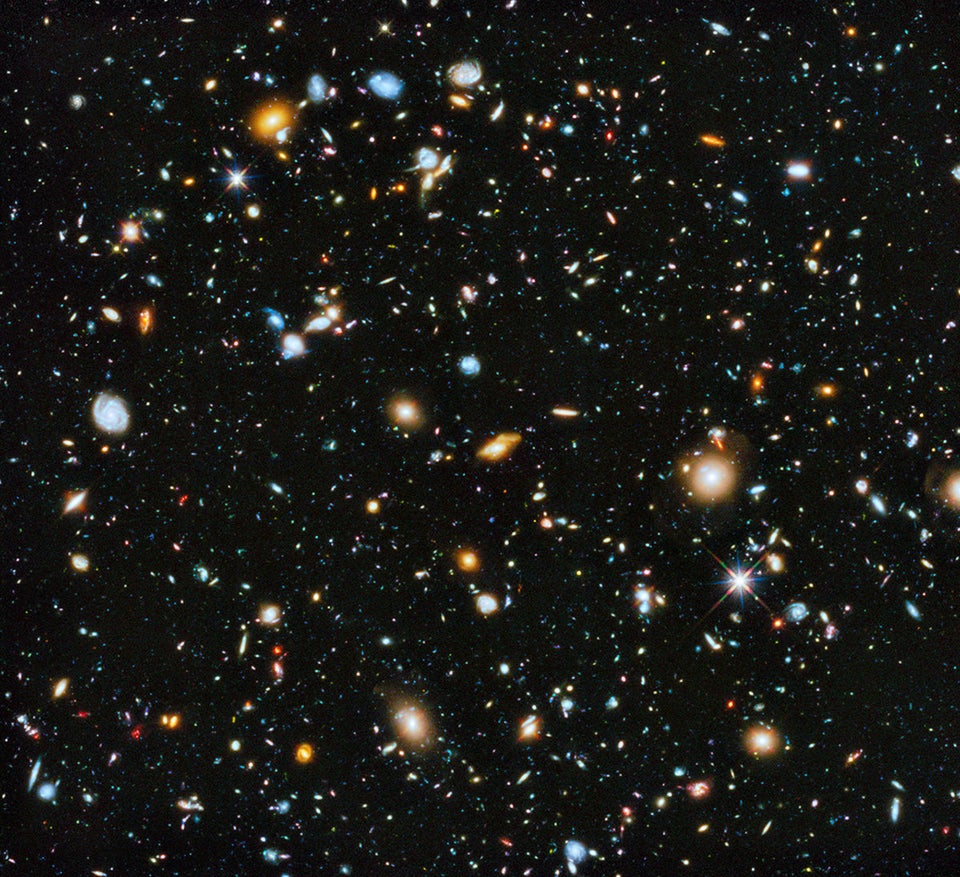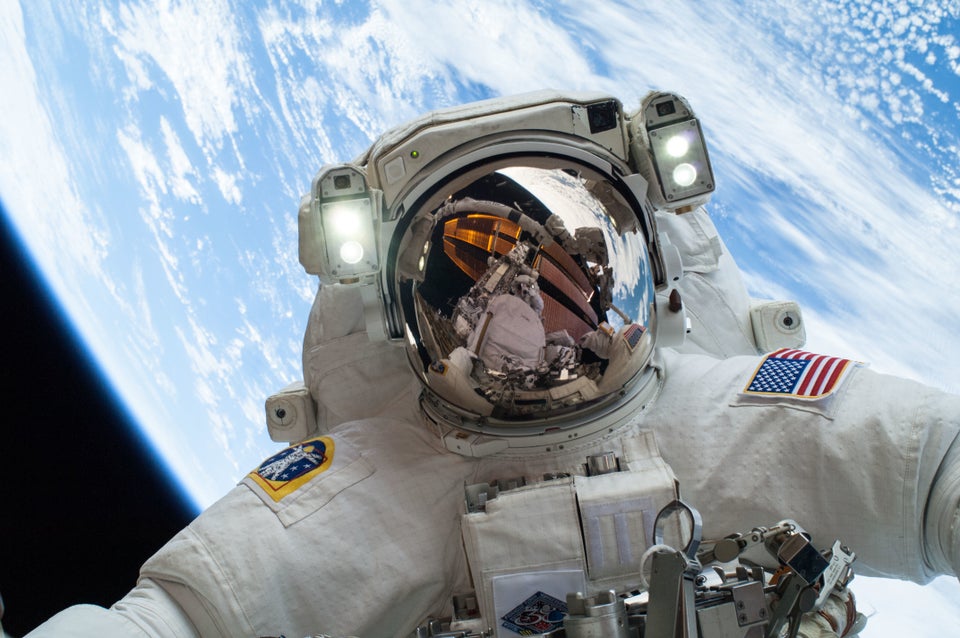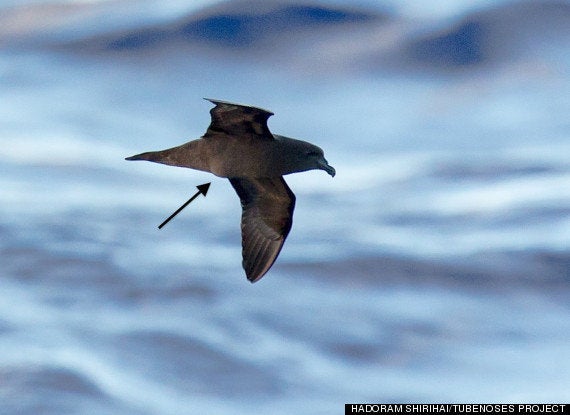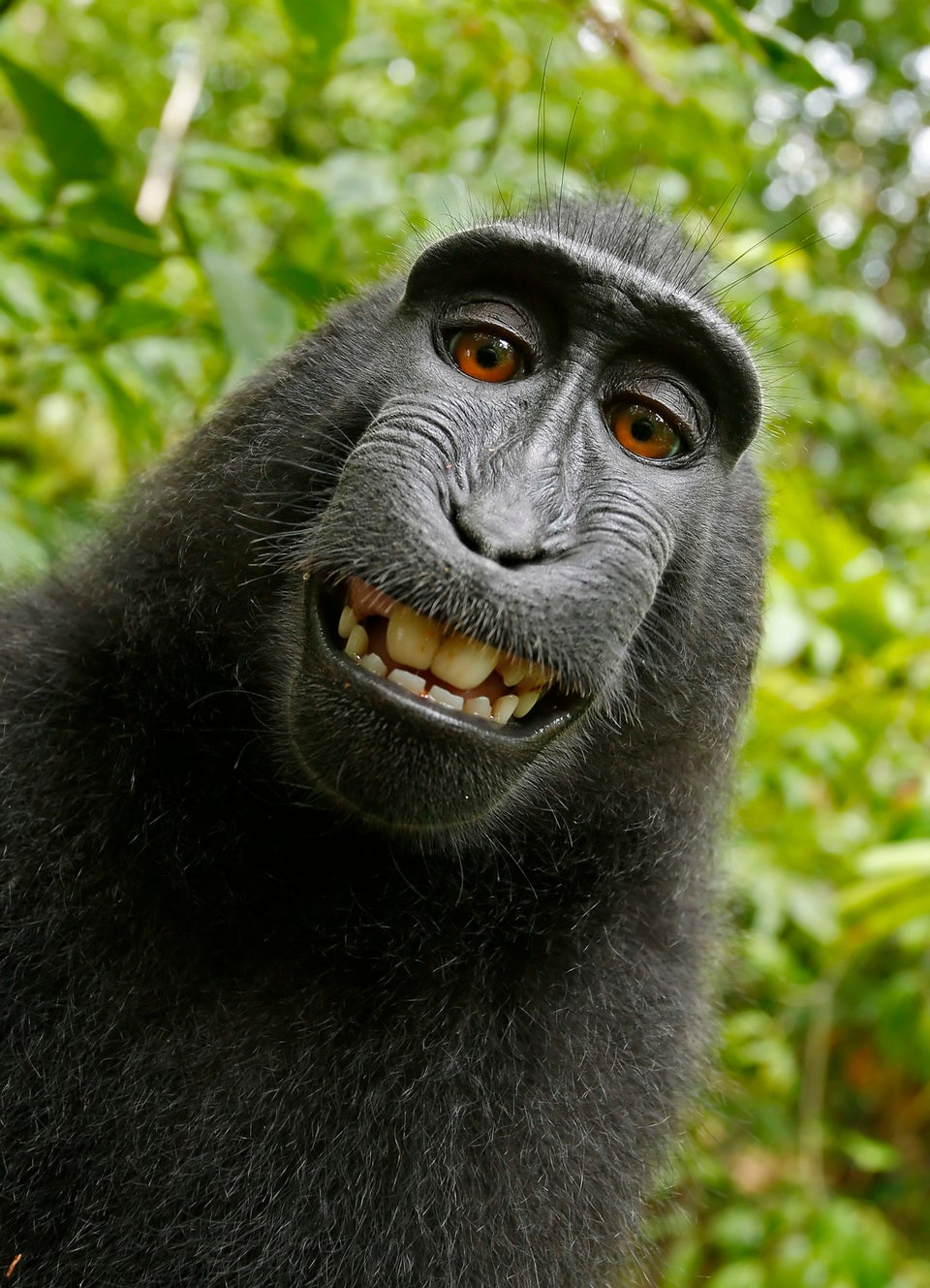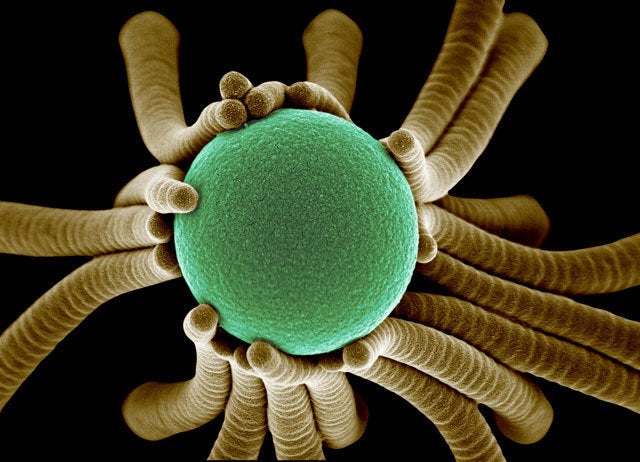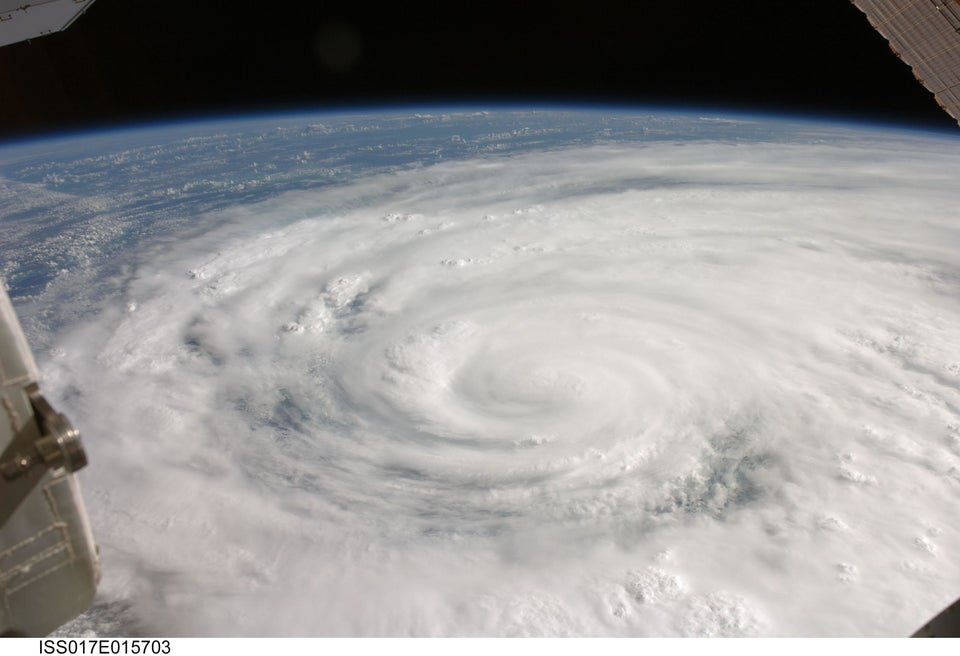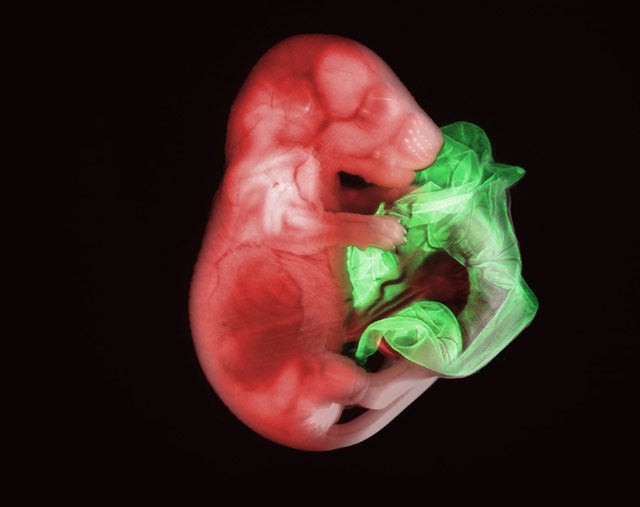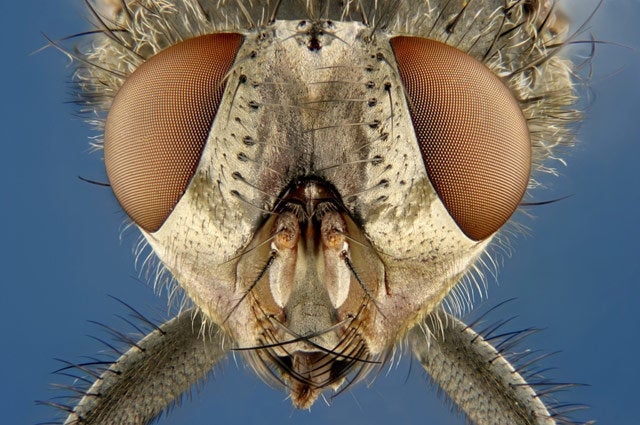With reports of yet another heat wave finally gracing the UK, here is some unexpected advice from the world of science.
The best way to combat the summer heat is: a nice cup of hot tea.
Now while that might sound counter-intuitive there’s actually a very logical scientific explanation.
The moment the hot liquid makes contact with the body’s temperature receptors, the brain tells the body to produce more sweat.
This sweat then cools on the surface of the skin, reducing the sensation of being too warm and ultimately, making us feel cooler.
So next time you find yourself sweltering in warmer climates, take our advice and have a delicious hot cup of coffee.
Watch the video above for a full explanation of this bizarre, but biologically sound phenomenon.
The Coolest Science Photos Of The Decade:
2015
Martin Le-May
A baby weasel took the ride of a lifetime on the back of a green woodpecker in Hornchurch Country Park in East London. Photographer Martin Le-May just happened to be lucky enough to capture the moment on March 2, 2015.
2014
NASA, ESA, H. Teplitz and M. Rafelski (IPAC/Caltech), A. Koekemoer (STScI), R. Windhorst (Arizona State University), and Z. Levay (STScI)
Astronomers using NASA's Hubble Space Telescope assembled a comprehensive picture of the evolving universe -- among the most colorful deep space images ever captured by the 25-year-old telescope. The image was released on June 3, 2014.
2013
NASA
NASA astronaut Mike Hopkins snapped a selfie while completing a spacewalk outside of the Earth-orbiting International Space Station on Dec. 24, 2013.
2012
Hadoram Shirihai/Tubenoses project
A rare Mascarene petrel with an egg-shaped bulge in its middle. Photographed in 2012 by researchers near Reunion, an island off the coast of Madagascar, it was said to be the first to show a bird flying with a visible "baby bump."
2011
Wikimedia Commons: Wtop.com
In 2011, a female Celebes crested macaque (Macaca nigra) in North Sulawesi, Indonesia, decided to pick up British wildlife photographer David Slater's camera and take a selfie.
2010
NIAID (National Institute of Allergy and Infectious Diseases)
A stunning scanning electron micrograph of a human T lymphocyte (also called a T cell) from the immune system of a healthy donor, taken on May 24, 2010.
2009
Sung Hoon Kang, Joanna Aizenberg and Boaz Pokroy; Harvard University
An electron microscope photograph shows self-assembling hair-like polymers around a polystyrene sphere, about two micrometers in diameter. It won first place in the National Science Foundation's 2009 International Science & Engineering Visualization Challenge.
2008
NASA
Hurricane Ike covers more than half of Cuba. It was taken by the Expedition 17 crew aboard the International Space Station from a vantage point of 220 miles above Earth, on September 9, 2008.
2007
Gloria Kwon/NIKON Small World
A close-up look at a double transgenic mouse embryo, just 18.5 days old. The photo won first place in Nikon's 2007 Small World Photomicrography Competition.
2005
Charles Krebs/NIKON Small World
A portrait of a Muscoid fly (house fly) that won first place in Nikon's 2005 Small World Photomicrography Competition.
Related
